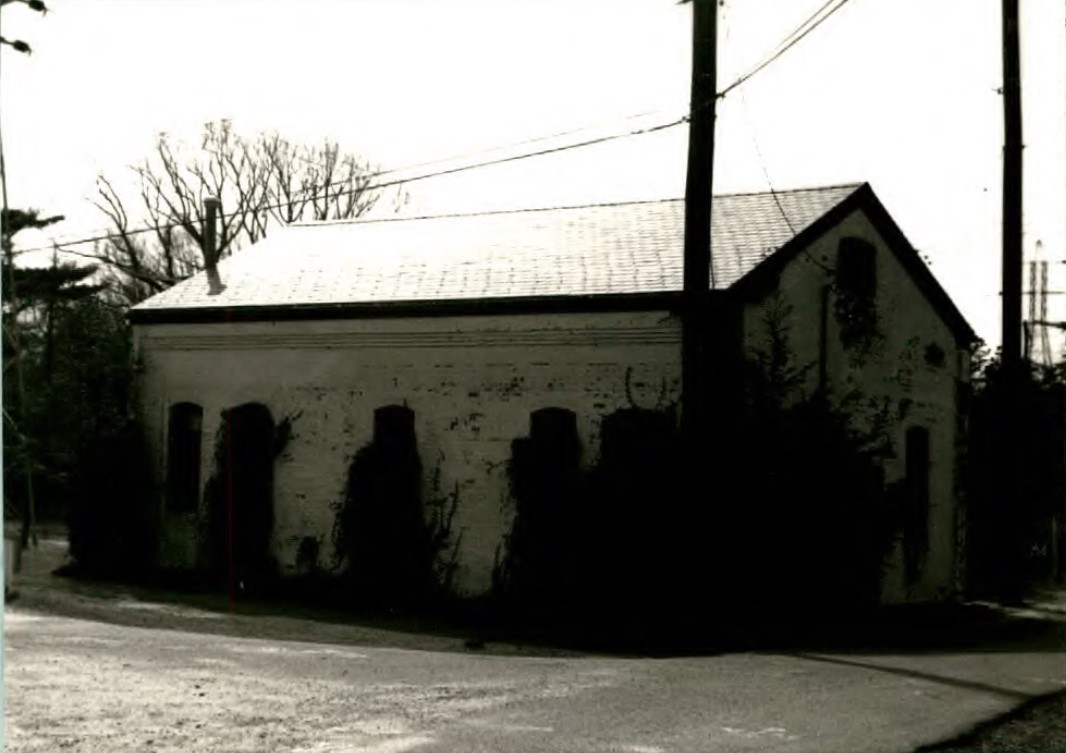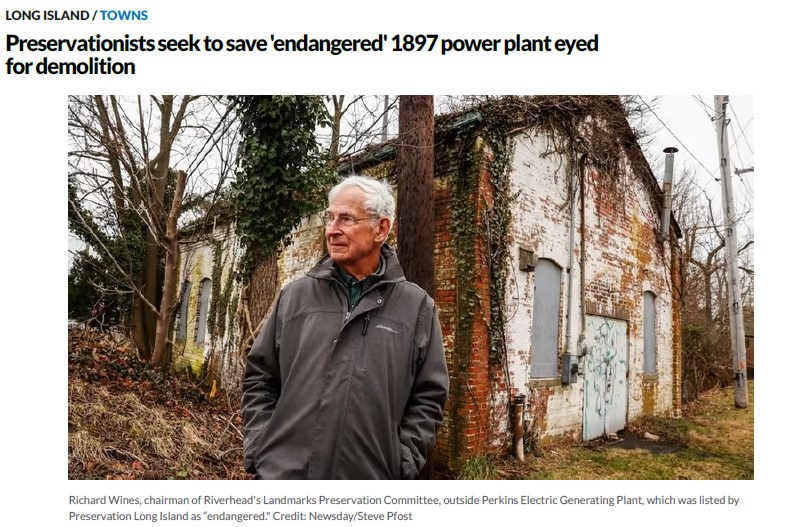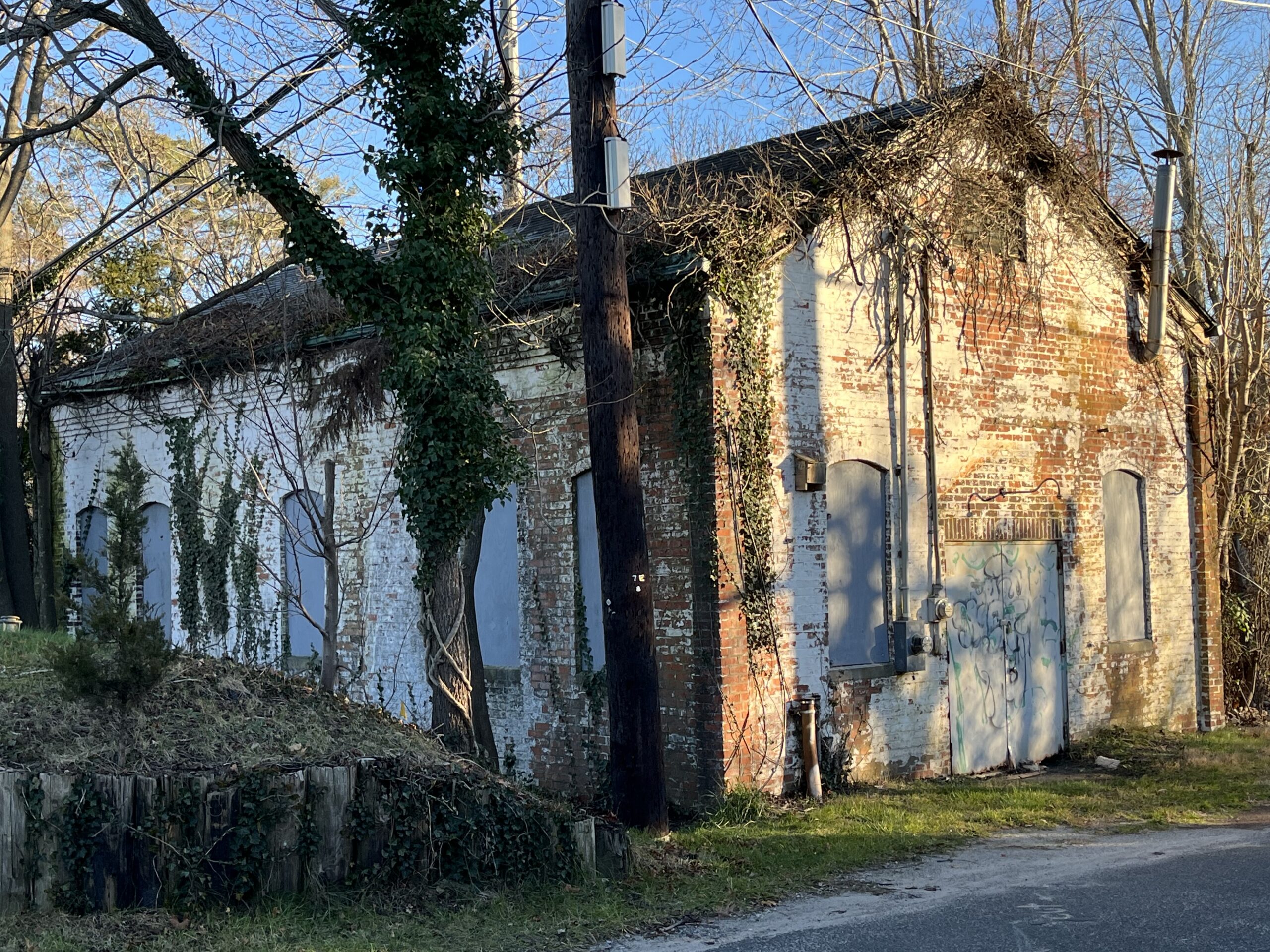ADVOCACY UPDATES:
March 6. 2024: Riverhead’s old electric plant is safe, for now. Town Supervisor Tim Hubbard says that LIPA has given it a reprieve and they are hoping for an extension of nine to 12 months while other options are studied.
February 7, 2024: PSEG-LI agrees to temporarily delay the demolition of the historic Perkins Electric building in Riverhead that once housed one of Long Island’s first electric power plants. Read more about this new development in recent press coverage:
PSEG-LI agrees to delay demolition of historic power plant building in Riverhead
Why is the Perkins Electric Generating Mill historically significant?
The Perkins Generating Plant stands as the last remaining structure of the Perkins Company woolen mill and manufacturing complex in Riverhead’s Upper Mills. John Perkins, a recent immigrant from England, arrived in Riverhead in 1828, secured water rights and erected a substantial woolen mill at this location. His sons, Henry and John R. Perkins, continued the family business, using their excess waterpower to generate electricity starting in 1888 – one of the first electricity companies on Long Island. The company constructed this building in 1897 to house a steam engine that supplemented available water power. The building was an integral part of the complex that generated electricity for the local area and downtown Riverhead until company was acquired by LILCO in 1922. Positioned prominently on West Main Street, the plant is highly visible from both the road and the river.

Why is the Perkins Electric Generating Mill endangered?
Currently owned and maintained by LIPA/PSEG, the building sits vacant, requiring urgent stabilization and repair.
How can the Perkins Electric Generating Mill be preserved?
- Complete condition assessment of the structure
- Explore new ownership or leasing opportunities. Its strategic location near downtown and the river renders it an ideal candidate for repurposing as a community building.
- Explore potential funding, including revitalization funds and state/federal Historic Tax Credits. Additional funding for this building could include grants or funds for open space acquisition.
- Interpret the importance of the Generating Mill and the Perkins Company woolen mill through the development of interpretive signage and events.





